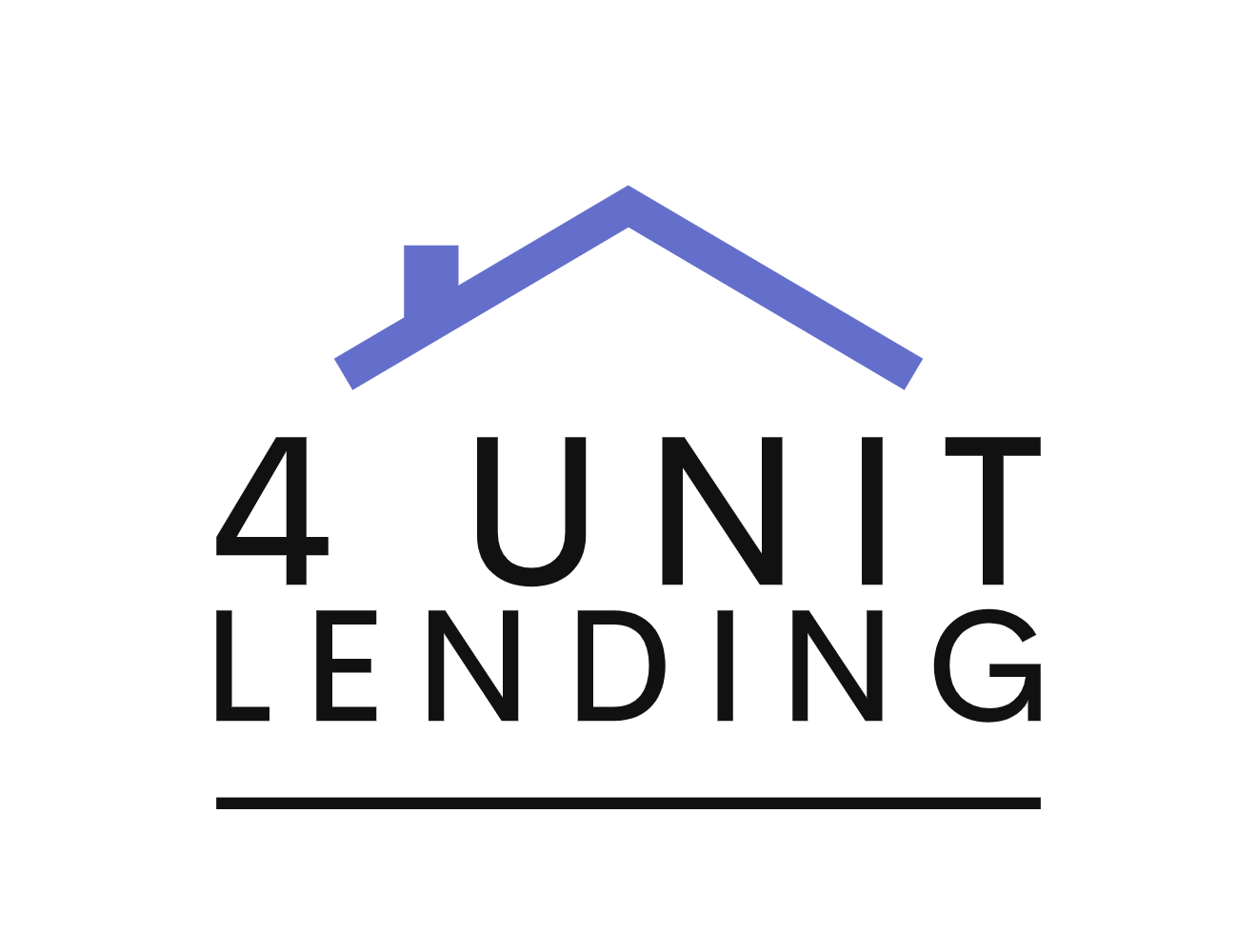When you’re shopping for a loan, it’s tempting to go with the lender offering the lowest interest rate. However, choosing the right loan is far more complex, especially when you have quotes from different types of lenders. Each of these lenders may offer different terms, including varying loan lengths, interest rates, origination fees, and other costs.
The challenge for investors is to convert these different quotes into an “apples-to-apples” comparison so you can make the best choice for your business. This requires a quantitative approach that considers more than just the interest rate. To make a sound decision, you’ll need to focus on two key metrics: Loan-to-Cost (LTC) and Annual Percentage Rate (APR). Additionally, you must understand the cost of your equity and the return on that equity (ROE) that justifies putting your money at risk.
Understanding LTC and APR
When you receive multiple loan quotes, the first step is to make them comparable. This involves calculating the LTC and APR for each loan offer.
LTC is calculated by dividing the loan amount by the total project cost. This metric is the percentage of the deal’s total cost the lender is willing to finance. A lower LTC means you’ll need to bring more equity to the table, which could impact your overall return on investment.
When shopping for the best loan deal, people often focus solely on the interest rate. However, the interest rate isn’t the only cost to consider. A better metric is the APR, which takes into account not just the interest rate but also origination fees, closing costs, and the term of the loan. By annualizing these costs, the APR gives you a clearer picture of the true yearly cost of the loan, allowing you to compare loans with different fee structures more accurately.
The Role of Equity in Loan Decisions
When determining the best loan option for your business, equity plays a crucial role. Equity is the portion of the investment that comes from your own funds. It’s the most expensive capital and it sits in the first-loss position—meaning if the investment goes south, your equity takes the hit first.
When a lender offers a loan with a lower LTC, you’ll need to fund the difference between the LTC and the total deal cost. This additional capital could come from your own funds or other investors, but either way, it’s costly. The cost of raising this capital must be factored into your decision.
Conversely, if you can find a lender offering high-leverage loans—say, 80% LTC or higher—the lender assumes more risk, but you benefit from having to put up less equity. This can lead to a higher return on your equity, making the investment more attractive.
Calculating Return on Equity (ROE)
To make an informed decision, you need to calculate the return on equity (ROE). This percentage is a measure of how much profit you make from the money you’ve invested in your business or property. To understand how leverage affects ROE, we use a formula:
ROE=(ROA−ROD)×T+ROA
ROA (Return on assets):
This is the profit you make from all the money you have invested in an asset, regardless of how you’re financing the asset. For example, if your asset generates cash of $8,000 annually from an investment of $100,000, your ROA is 8%.
ROD (Return on debt):
This is the cost of the borrowed money that you use to finance the purchase of an asset. It is essentially the interest rate you pay on your debt. For instance, if you have a loan with an annual interest payment of $3,000 on $50,000 of debt, your ROD is 6%.
T (Ratio of # of Parts of other money to each part of your money):
When I was taught this concept, my mentor used the term “Turns” of leverage. It helps visualize how many parts of other people’s money (turns) you’re using for each part of your own money (equity) that you’re putting up. To determine T, consider these leverage ratios:
50% loan to cost can be expressed as 1 / 2. That’s 1 part of other people’s money for 1 part of your money. The numerator is T, the number of turns of leverage. T = 1.
75% loan to cost can be expressed as 3 / 4. That’s 3 parts of other people’s money for 1 part of your money. T = 3.
80% loan to cost can be expressed as 4 / 5. T = 4.
90% loan to cost can be expressed as 9 / 10. T = 9.
As you increase your borrowing (higher leverage), your ROE has the potential to rise. For instance, with an ROA of 8% and an ROD of 6%:
If you borrow 50% of the needed capital (leverage of 1/2), your ROE would be 10%.The equation would be: (8% – 6%) x (1) + 8% = 10%With 75% leverage (3/4), your ROE increases to 14%.The equation would be: (8% – 6%) x (3) + 8% = 14%With 90% leverage (9/10), your ROE jumps to 26%.The equation would be: (8% – 6%) x (9) + 8% = 26%
So, higher leverage generally increases your ROE, meaning more profit from the money you personally invest. Of course, you’re taking on additional risk as well when you use more and more of other people’s money, so use this concept prudently to make wise investment decisions.
Choosing the Right Lender
When selecting a lender, consider more than just the interest rate. Look at the LTC and APR to determine the true cost of the loan and how much equity you’ll need to invest. Then, calculate the ROE to see how effectively your equity will work under different scenarios.
For real estate investors, finding a lender who can offer high leverage is key to maximizing returns. Dominion Financial, for example, offers up to 100% LTC loans for fix-and-flip projects, allowing you to maximize your ROE and make the most of your investment.
By focusing on these metrics, you can make a more informed, quantitative decision that aligns with your business goals and maximizes your equity.

